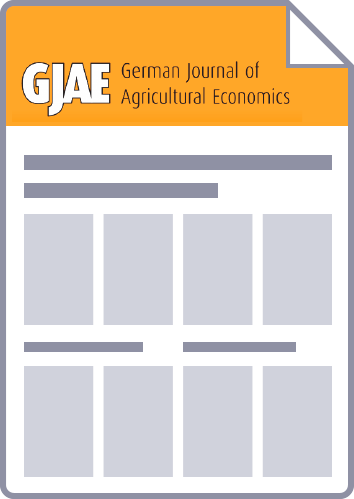Micronutrient malnutrition is a serious problem in many developing countries. Recently, agricultural technologies have been discussed as a complement to other intervention programs. Plant breeding, targeted at developing staple foods with higher contents of essential vitamins and trace minerals, could benefit the poor in particular. Yet, the economic repercussions of such innovations are still unclear. Because traditional models of technology assessment are inappropriate to capture the specific ramifications, we suggest a health economics approach. Herein, micronutrient malnutrition is understood as a phenomenon that causes health costs through diseases and premature deaths. Details of the methodology are discussed within an ex ante study of Golden Rice in the Philippines. This technology promises to reduce vitamin A deficiency among the local population. Although it will not completely eliminate the problem, the expected benefits are sizeable. Depending on the underlying assumptions, internal rates of return on research investments range between 66 % and 133 %. This confirms that micronutrientdense staple crops can be an efficient way to reduce deficiency problems among the poor. However, due to uncertainty with respect to certain parameters, the numerical results should be interpreted as preliminary.



